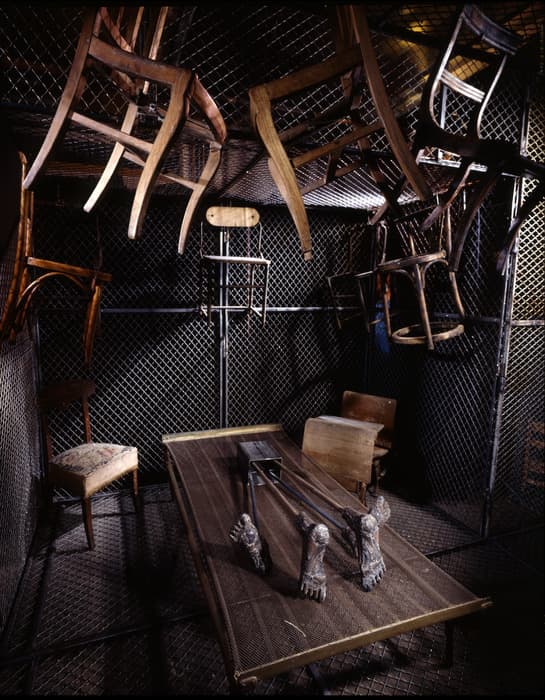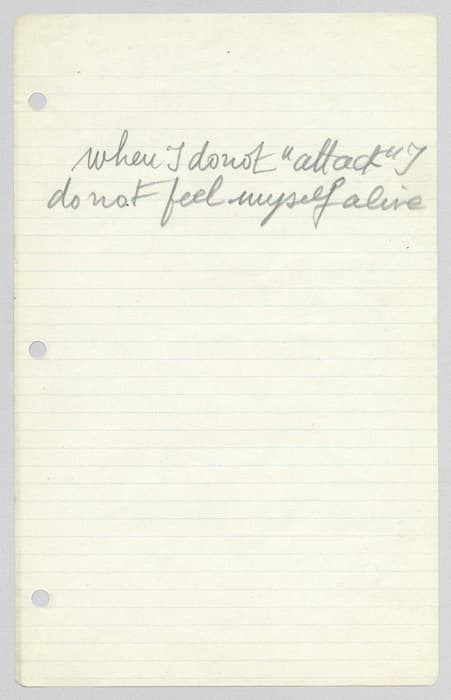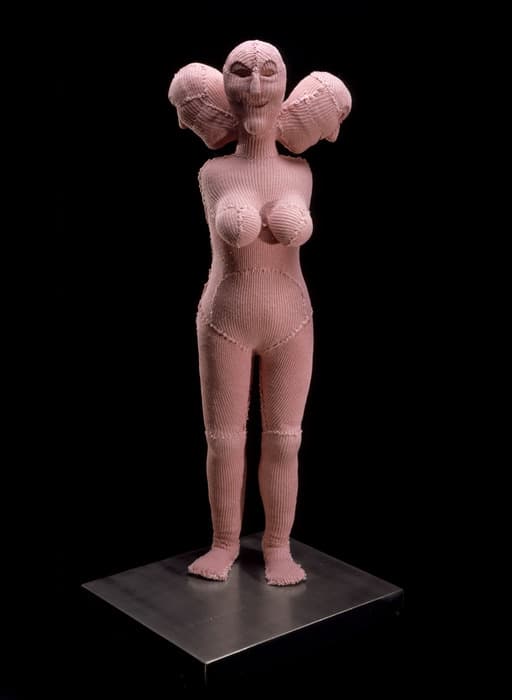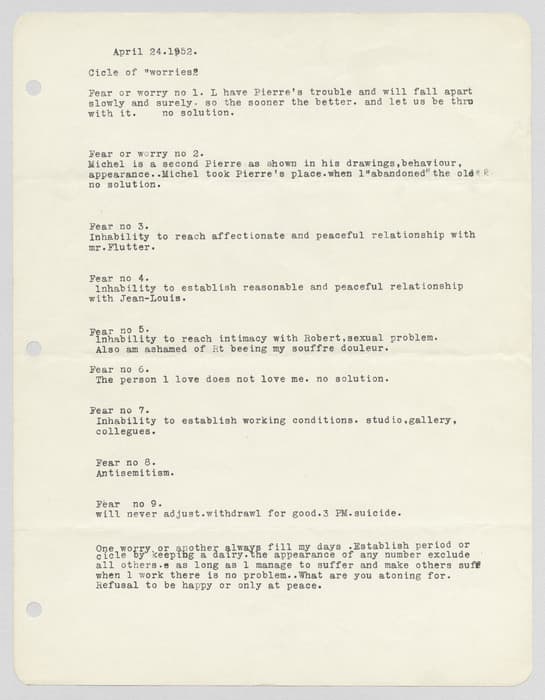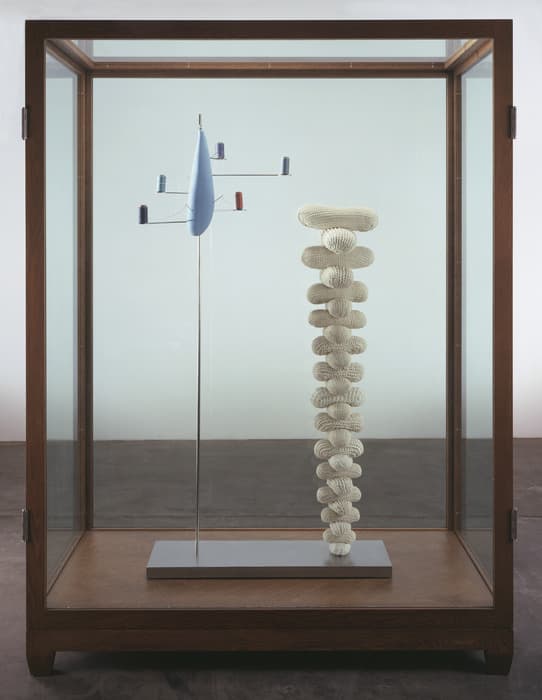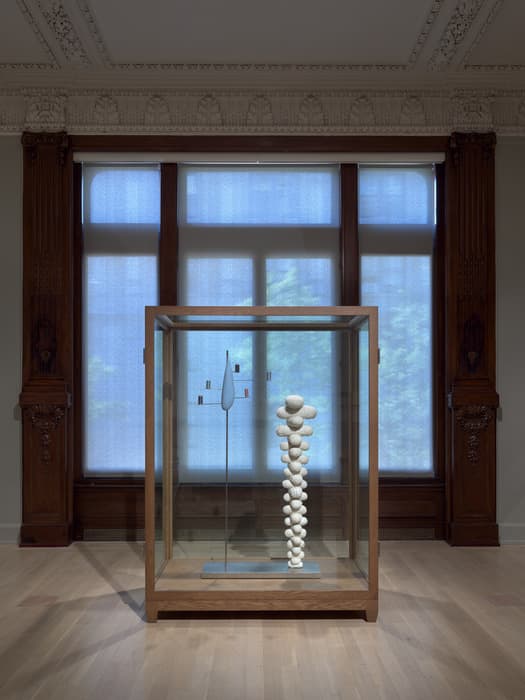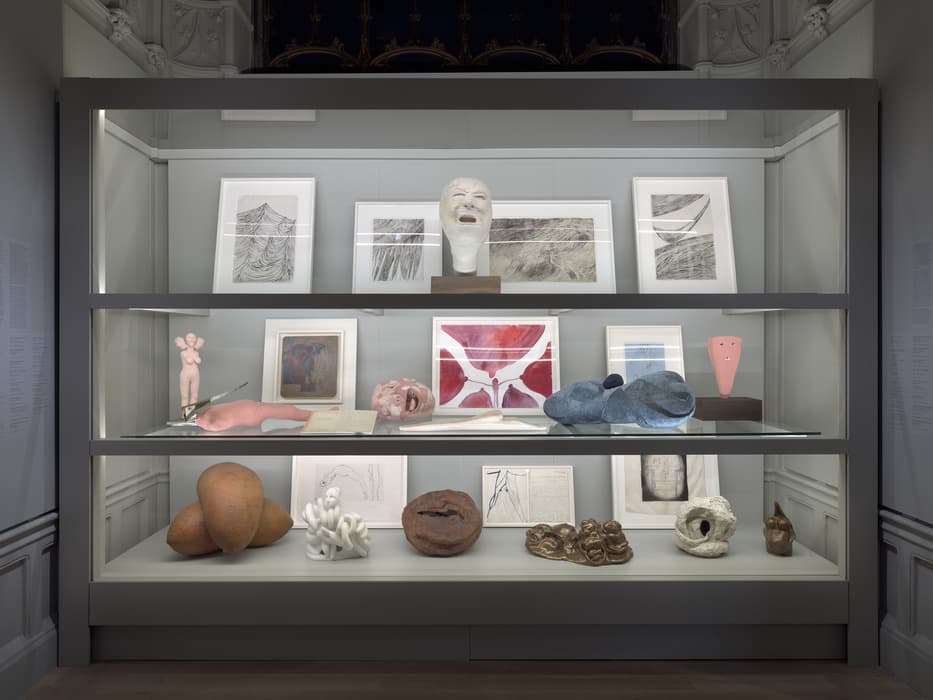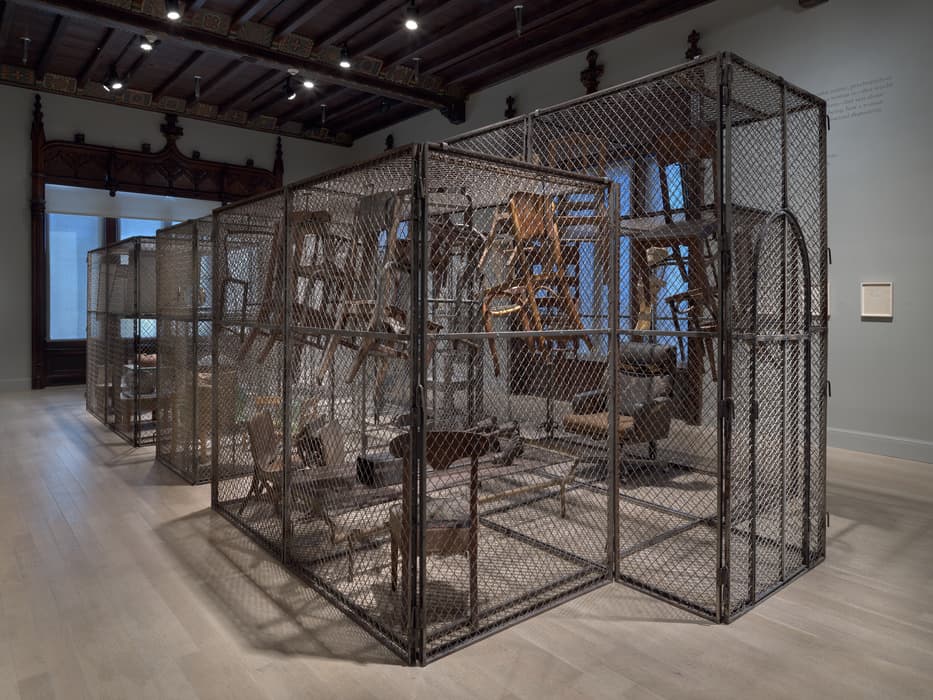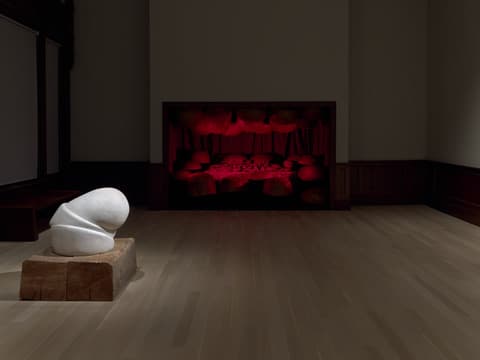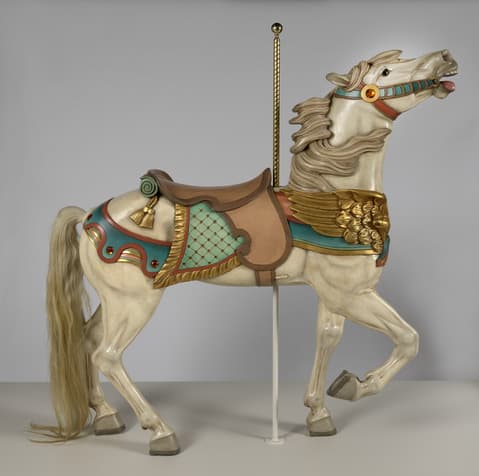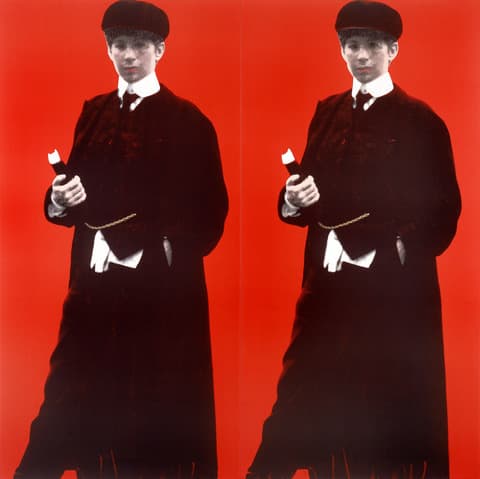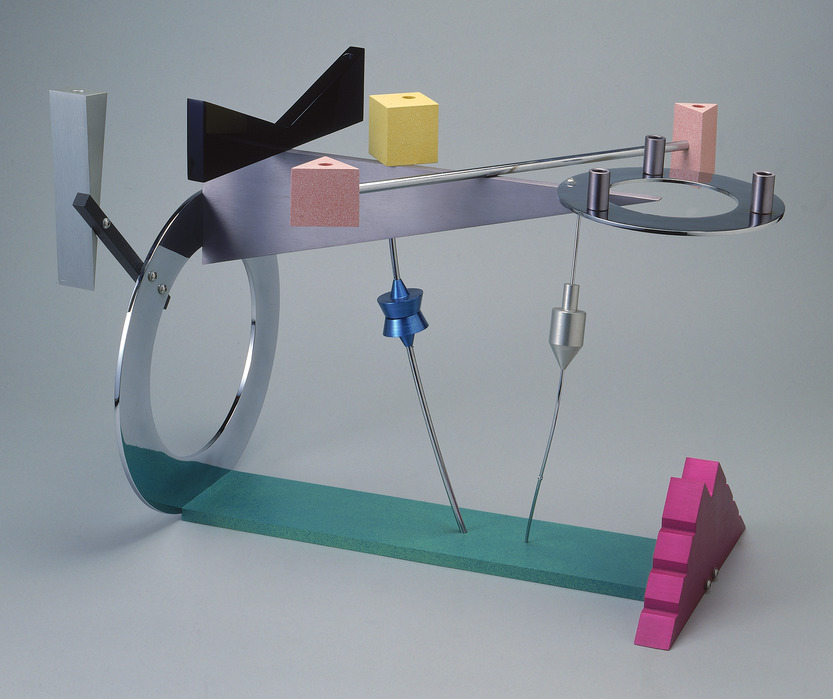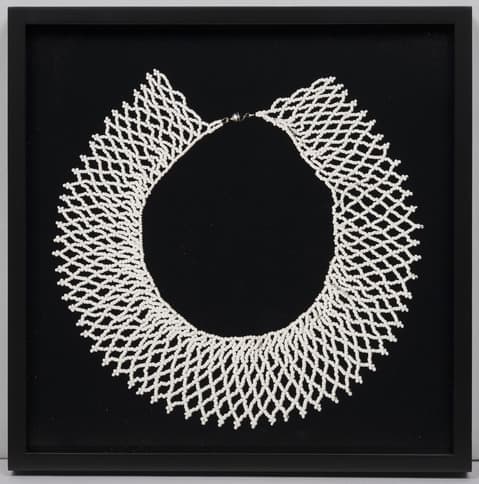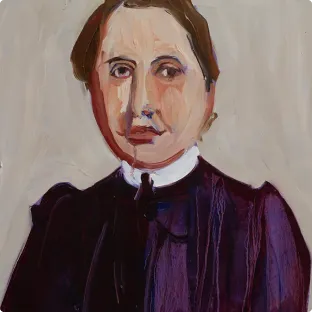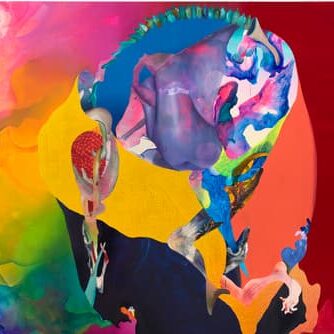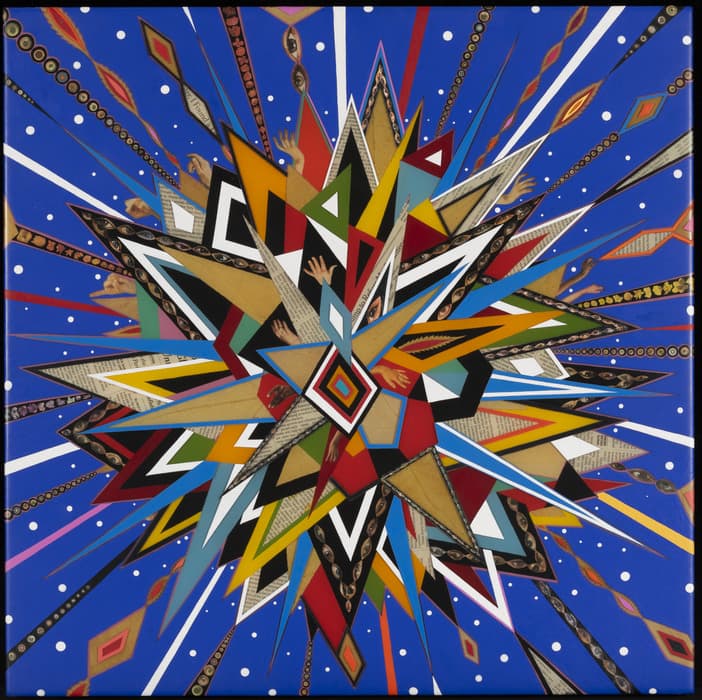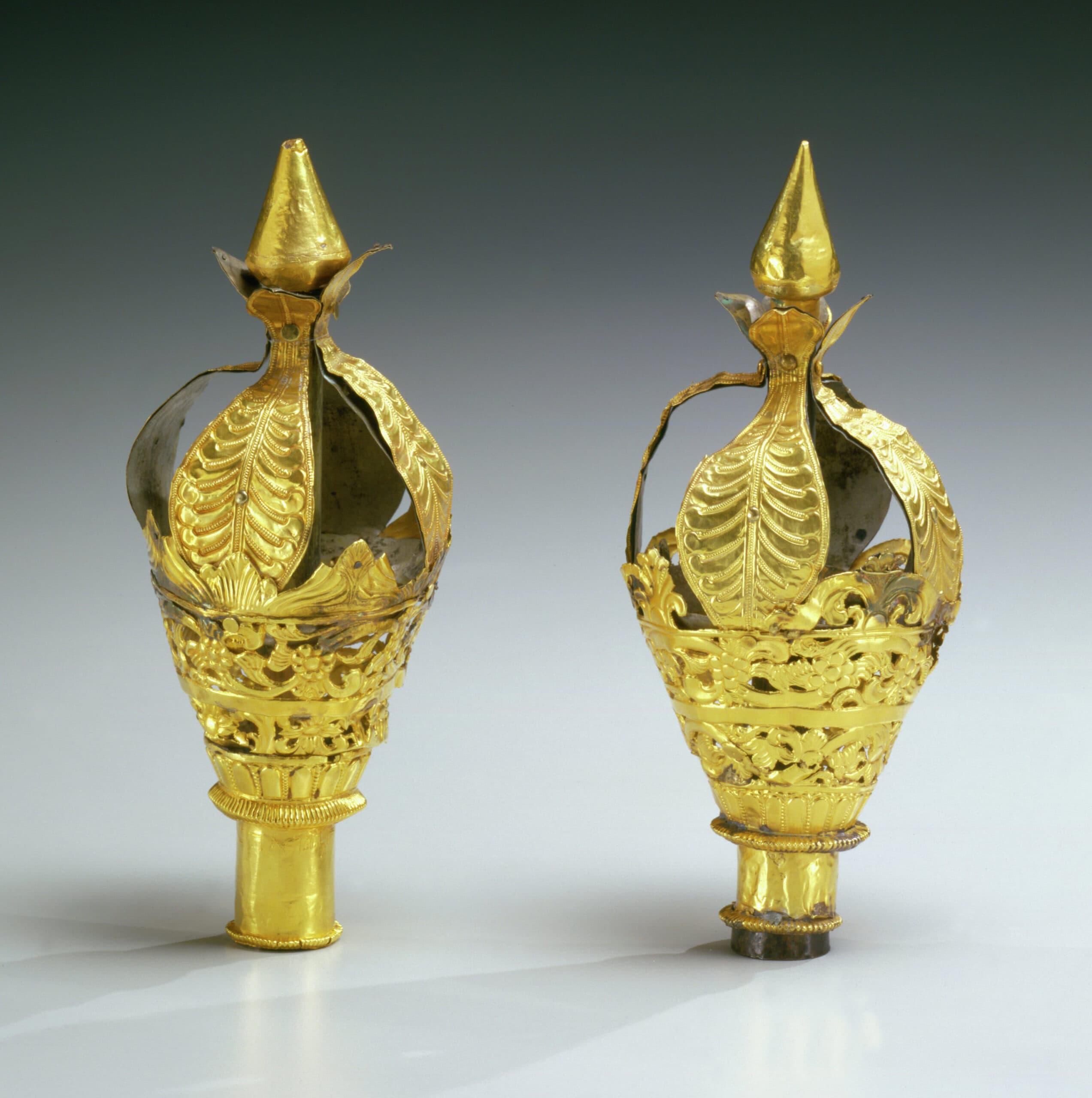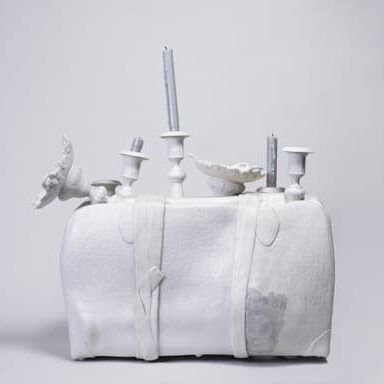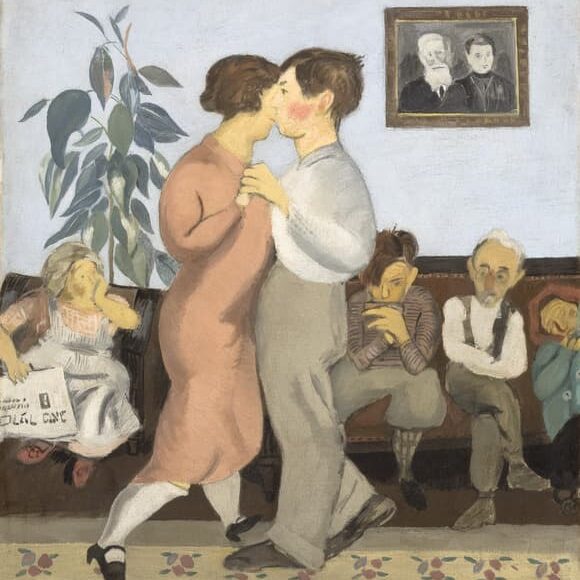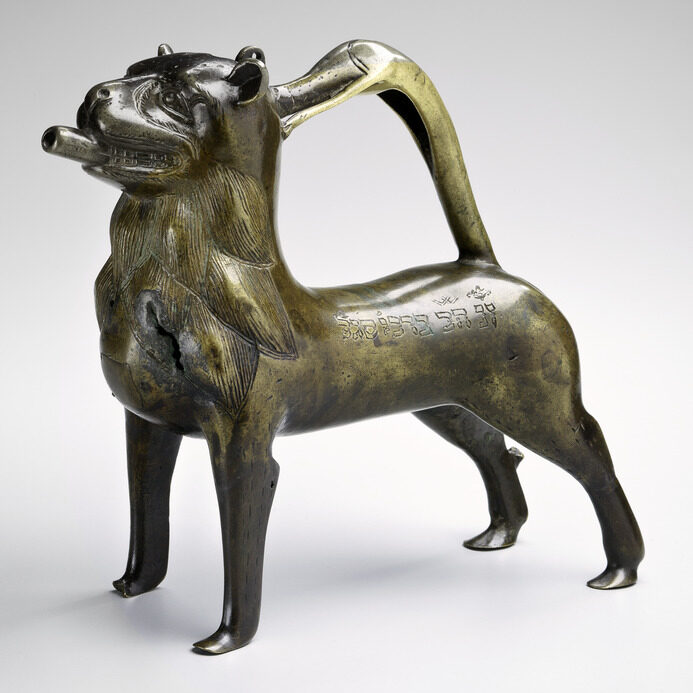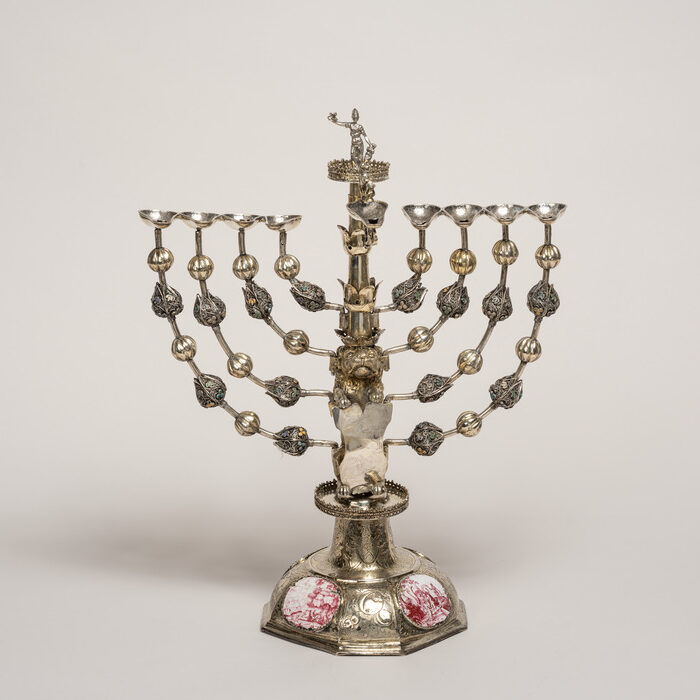Louise Bourgeois, Freud’s Daughter
Opening spring 2021, this exhibition of Louise Bourgeois’s art and writings explores her complex relationship with Freudian psychoanalysis.
Perhaps more than any other artist of the twentieth century, Louise Bourgeois (1911 – 2010) produced a body of work that consistently and profoundly engaged with psychoanalytic theory and practice as established by Sigmund Freud (1856-1939). Bourgeois considered the act of artmaking a form of psychoanalysis, believing that through it she had direct access to the unconscious.
Bourgeois underwent psychoanalytic treatment from 1952 to 1985 (most intensively from 1952 to 1966), and produced an extensive written record of her analysis and its effects on her life. Consisting of dream recordings, process notes, and other texts, her findings constitute a parallel body of work that not only sheds light on the artist’s methods and motivations but also represents an original contribution to the field of psychoanalysis, especially with respect to female sexuality, symbol formation, and the nature of the artist.
The exhibition will feature approximately 50 artworks from throughout Bourgeois’s career, including the Personages of the late 1940s; the organic forms in plaster and latex of the 1960s; the pivotal installation The Destruction of the Father (1974); Passage Dangereux (1997), the largest of the artist’s Cell installations; and fabric sculptures from the last 15 years of her life. These works will be contextualized with a focused selection of Bourgeois’s original writings—many of them presented to the public for the first time—to illuminate her art in light of her complex and ambivalent relationship with Freudian psychoanalysis.
In the Press
“Writings by the artist, exhibited for the first time in the United States, reveal the psychological trauma that fueled her creativity.”
— The New York Times
“Bourgeois’s retreat into her own psychology may resonate now more than ever.”
— The Times of Israel
“The works in Louise Bourgeois, Freud’s Daughter … appear elegantly arrayed and tastefully lit, so that they swell into the space and visitors can admire them from multiple angles and distances.”
— Financial Times
Louise Bourgeois, Freud’s Daughter is curated by Philip Larratt-Smith, Guest Curator, and coordinated by Shira Backer, Leon Levy Assistant Curator, The Jewish Museum.
Louise Bourgeois, Freud’s Daughter is made possible by lead support from an anonymous gift, The Knapp Family Foundation, Agnes Gund, The Joan Toepfer Charitable Trust, the Robert Lehman Foundation, Toby Devan Lewis, Helen Frankenthaler Foundation, the Leon Levy Foundation, and other generous donors.
Additional support is provided by the Melva Bucksbaum Fund for Contemporary Art, the Barbara S. Horowitz Contemporary Art Fund, and the Alfred J. Grunebaum & Ruth Grunebaum Sondheimer Memorial Fund.
In-kind support is provided by Hauser & Wirth and The Easton Foundation.
The Mobile Tour is supported by

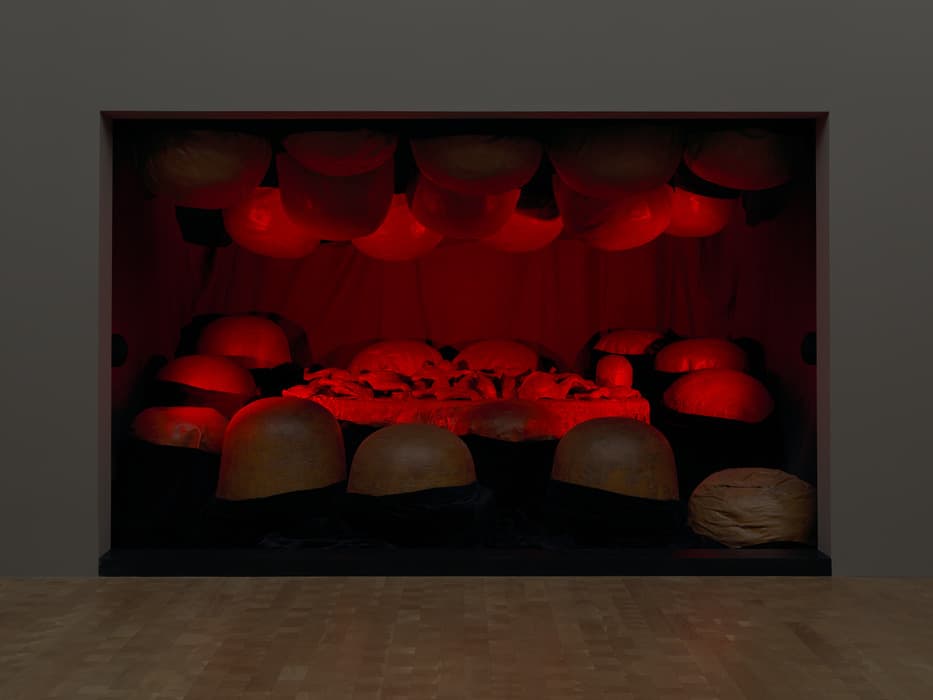
Louise Bourgeois, The Destruction of the Father, 1974. Latex, plaster, wood, fabric, and red light. © The Easton Foundation/Licensed by VAGA at Artists Rights Society (ARS), NY, Photo: Ron Amstutz.
Exhibition highlights
Audio
The audio guide is made possible by Bloomberg Philanthropies.
Download the audio guide transcript.
Download the verbal description tour transcript.
Download the selected writing transcript.
